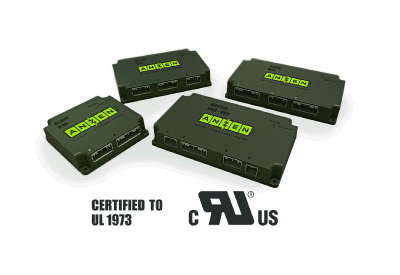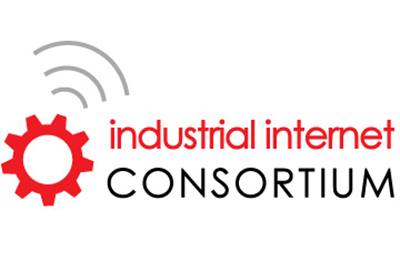New LEED v4.1 Requirements Simplify Green Building Compliance

Jan 17, 2020
As the green building community becomes more familiar with LEED v4.1, a lot of questions are being raised about the differences in credits between LEED v4 and the newest edition. There are a few key examples that may make LEED v4.1 easier to implement.
LEED v4 was a notable shift in the construction for green buildings. For example, previous green construction guidelines focused on single attribute material thinking. However with LEED v4.1, the guidelines shifted to environmental impact reporting and optimization.
With the change from v4 to v4.1, there has been confusion around implementing the changes and reluctance in the marketplace to adopt these practices. Some aspects of the original standard posed challenges that limited participation. For example, LEED v4 required that 50% of products in the environmental impact category needed optimization which was an enormous change to existing sustainable practices.
A major benefit to LEED v4.1 is that requirements in numerous areas have been simplified and clarified, which may lead to easier demonstration of compliance for many projects. One clear example is the criteria for the low-emitting material compliance. In LEED v4, meeting the requirements for low-emitting materials required demonstrating a specific percentage of qualified materials to earn credit. In the updated version, simply demonstrating that low-emitting materials are used can earn a project credit, making the compliance pathway much simpler.
While UL admits LEED v4.1 does not answer every question raised, these updates help make sustainable buildings more accessible.
















